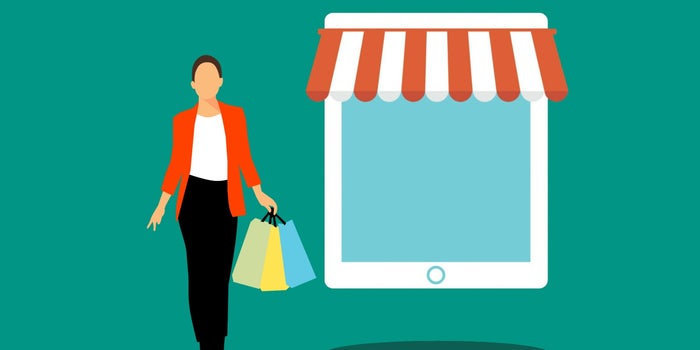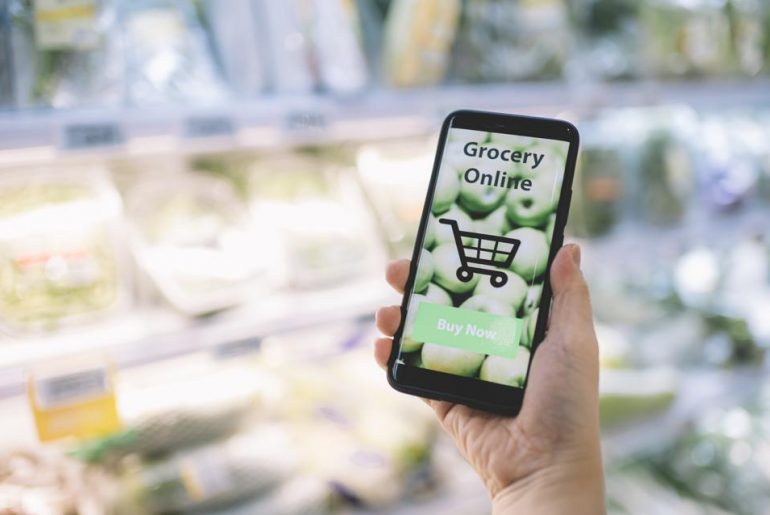By Omar Zayat.
Since the first consumer retailers emerged online, retail and e-commerce giants have often been compared to one another and considered top competitors. But today’s mission-driven, “master-of-one” direct-to-consumer (DTC) brands are disrupting the market. The consumer shift from large marketplaces to DTC businesses has been growing, with 69% of consumers saying they’ve bought from brands directly in the last 12 months according to a survey from Diffusion.1
To stay competitive, successful large retailers need to leverage three strategies from niche businesses to help regain market share.
1. Adapt quickly to customers’ needs.
Turnkey platforms such as Amazon Web Services, Shopify and Wix have helped usher in countless new DTC brands and create a golden age for consumer diversity. With so many platforms to support start-ups, balancing growth with sustainable unit economics—i.e., maximizing revenue per unit—is easier to achieve. Furthermore, the evolving payments ecosystem and cryptocurrency have created greater global access to brands.
What this means for large retailers is that they must be willing to adapt quickly as new entrants emerge and consumer expectations change. Whether it’s curb side pickup, contactless payments or using augmented reality to help customers visualize products in their spaces, legacy retailers need to be mindful of how they can adapt to customers’ needs.
2. Become a category specialist.
It goes without saying that the team behind a master-of-one business is an expert in its category. For instance, a business dedicated to paleo meal kits knows the ins and outs of its business niche, from the best ingredients to the ideal early adopter. These specialized teams at single-category start-ups have the advantage of tailoring everything from their merchandising and category expansion to customer service and lifetime value models around their specialty and their enthusiastic customers.
For large retailers to stay competitive and gain credibility in a niche, they need to become specialists in a particular category. Everything, including organizational design, content calendars, customer relationship management (CRM) systems, product launches, research insights and personnel hiring, needs to be accounted for through the lens of that specific category. Retailers that recognize these nuances and create systems to take advantage of them can become category leaders.
3. Speak your social truth.
Having societal impact is no longer aspirational—it’s a customer expectation. According to a global study from Accenture2, 69% of consumers want companies to stand up for the issues they’re passionate about. When people can both enjoy their online purchases and contribute to something meaningful, their loyalty to a business grows stronger and more enduring. Mission-driven start-up teams are perfectly positioned for this, having built every aspect of the business toward supporting a cause. Bombas is a great example of a cause-driven business, donating a pair of socks to people in need with every purchase and giving over 35 million pairs to date.
To strengthen customer loyalty, the largest e-commerce retailers can lead with their mission, using their platforms, customer experience and messaging to actively participate in the social issues they care about. Whether it is guiding a community organization or funding an initiative, people are gravitating to businesses that are not just category authorities but also ambassadors for a cause that allows them to channel their purchasing power toward advocacy.
As more niche, mission-driven start-ups enter the marketplace and win over customers, retail giants have the opportunity to adapt their strategies by incorporating these same tactics and leveraging their prestige to succeed.
I’ve spent nearly a decade in the e-commerce industry, and this feels like a fundamental shift. The way brands and customers connect is evolving—be it finding a category to master or highlighting social initiatives, retailers that want to succeed in the long run need to re-imagine how they position themselves in today’s competitive landscape.
Feature Image Credit: Facebook










